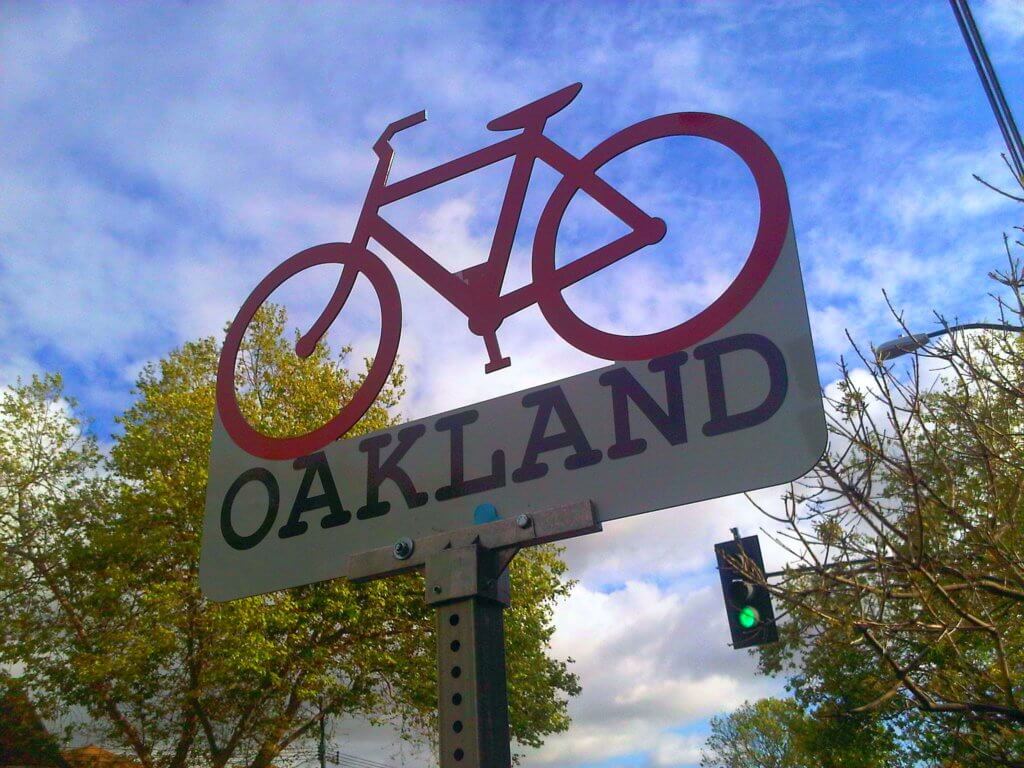Commercial eviction moratorium extended through June 30

By signing Executive Order N-03-21, Governor Newsom has extended the authorization for local governments to halt evictions for commercial renters impacted by the pandemic through June 30, 2021.
![]()
Extensions of eviction moratoriums used to be newsworthy, but they are a well-worn routine by now.
We predicted early on in the pandemic that there are no concrete dates when property owners can flip a switch and return to normal landlording rules. As we’ve seen time and time again, lawmakers can set an arbitrary date and extend the moratorium seemingly in perpetuity.
Most recently, residential landlords have set their sights on March 1, 2021, in order to seek recovery of COVID-related rent debt in civil courts. That date was pushed back to August. As a sidebar, we highly recommend residential landlords take advantage of SB 91 and recoup 80% of the back rent if the tenant is cooperative and qualifies for rental assistance, but let’s move onto commercial tenancies.
No life raft is given to commercial landlords
Although lawmakers feared a tsunami of evictions for residential tenants and struck a compromise by allowing the lion’s share of rent to be paid to the landlord in exchange for forgiving 20% of the rent, no such program exists for commercial tenancies.
Commercial landlords have been asked to fend for themselves and strike a compromise with tenants without any guarantee rent will ever be paid.
Commercial eviction moratoriums are the prerogative of local, not state government
There is no statewide ban on evicting commercial tenants. The extended executive order, however, allows local governments to use their emergency powers by issuing their own edicts. Many Bay Area municipalities have done so. In enacting local eviction moratoriums, politicians have had a strong preference to protect “the little guy” - small businesses that need the most help.
San Francisco has a rather convoluted moratorium on commercial evictions and there are several algebraic equations to solve.
Businesses must be registered to do business in San Francisco, have worldwide gross receipts in 2019 at or below $25 million, and have missed a rent payment between March 16, 2020, and March 31, 2021, due to a COVID-related hardship. Yet the moratorium does not apply to tenants that occupy space in a property that is zoned for office use.
If all of those boxes are checked and the tenant is determined to qualify, the landlord is required to give the tenant written notice and at least one month to cure (translation: pay up) before there is an attempt to recover the premises. Additionally, the moratorium prescribes a “Forbearance Period” to repay missed rent, but just how long does the commercial tenant have to repay? That’s where it gets interesting.
San Francisco has carved out tiers based on the number of full-time equivalent employees (FTE) the tenant has. Notably, those businesses that fall in the category of “Tier 1” (meaning they have 10 or fewer FTEs) have the option to terminate the lease prematurely if they have a financial impact related to the pandemic.
Conversely, commercial landlords may not have to wait until the end of the Forbearance Period and may be able to recover possession of the premises earlier if the landlord owns less than 25,000 square feet of gross floor area and can show that a significant financial hardship is created by the inability to evict.
View our succinct, one-page summary (PDF)

Oakland’s commercial eviction moratorium is a little more clear-cut
“Small business” tenants are covered by Oakland’s commercial eviction moratorium, but how small?
Under Gov. Code § 14837(d), a small business is defined as having fewer than 100 employees, averaging annual gross receipts of $15 million or less, and having its principal office located in California.
The threshold to prove a hardship is low. The tenant must demonstrate that the non-payment of rent was due to “a substantial decrease in income.” This includes but is not limited to fewer hours of operation or a reduction in consumer demand.
Oakland's moratorium extends through the end of the “local emergency” declared by the City, which is an open-ended date. Commercial landlords remain in a suspended state of ambiguity.
What is the value of a vacancy?
This is a very relevant question and a riddle residential landlords have been asked to solve time and time again, taking into account the desirability of the tenant, time, risk, and attorneys’ fees. Owners of commercial properties should do some similar soul-searching.
When the law allows for a commercial landlord to transition merchants out of the premises, the owner runs the risk, of course, of having a vacant storefront with no assurance of finding new tenants.
Related CNBC article: As store owners sign more short-term leases, landlords are taking a risky bet on the future of retail
Our experience thus far is that while commercial tenants have faced many challenges, property owners itching to evict are not among them.
For the better part of three decades, Bornstein Law has advised rental property owners on thinking smartly and strategically about their real estate investments and managing difficult rental relationships. Commercial landlords can absolutely expect the same level of commitment.
